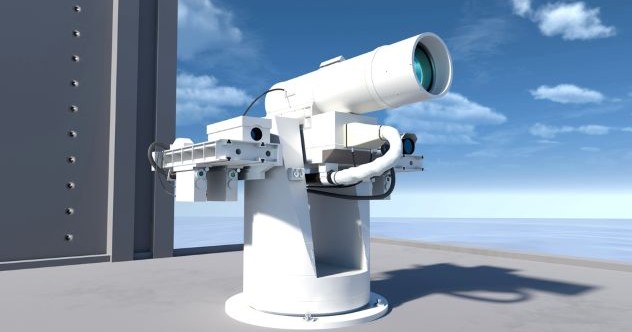Now Reading: Shining Star Cluster: Pismis 24 Unveiled
-
01
Shining Star Cluster: Pismis 24 Unveiled
Shining Star Cluster: Pismis 24 Unveiled
Quick Summary
- NASA’s James Webb Space Telescope captured an image of the young star cluster Pismis 24 located in the Lobster Nebula, approximately 5,500 light-years away in the constellation Scorpius.
- The image, released on September 4, 2025, highlights a vibrant stellar nursery and one of the closest sites for massive star formation.
- Captured using Webb’s NIRCam (Near-Infrared Camera), thousands of stars – varying in size and color – are visible. Larger stars appear with six-point diffraction spikes due to their brilliance. Smaller stars display hues of white, yellow, and red based on type and dust cover.
- Tens of thousands of background stars from the Milky Way galaxy are also visible behind Pismis 24’s cluster.
Image Credit: NASA/ESA/CSA/STScI
Indian Opinion Analysis
The James Webb Space Telescope’s stunning capture underscores its capabilities as humanity’s premier instrument for probing deep space phenomena. While primarily scientific in nature, discoveries such as Pismis 24 have secondary implications for India’s space ambitions under ISRO (Indian Space Research Organisation). Insights into massive star formation could influence future astrophysical research collaborations or satellite instrumentation development aimed at exploring similar celestial phenomena.
India’s recent advancements in space exploration alongside initiatives like Chandrayaan signal growing national interest in leveraging global astrophysical findings to refine domestic projects. Such international achievements can serve as aspirational targets for india’s own developing telescope technologies aimed at deep-space observation or infrared astronomy studies.
Neutral partnerships with key players like NASA may provide opportunities for knowledge sharing that further bolsters India’s position within global astronomical research networks while enhancing ISRO’s ability to participate actively on extraterrestrial matters beyond Earth-focused missions.


























